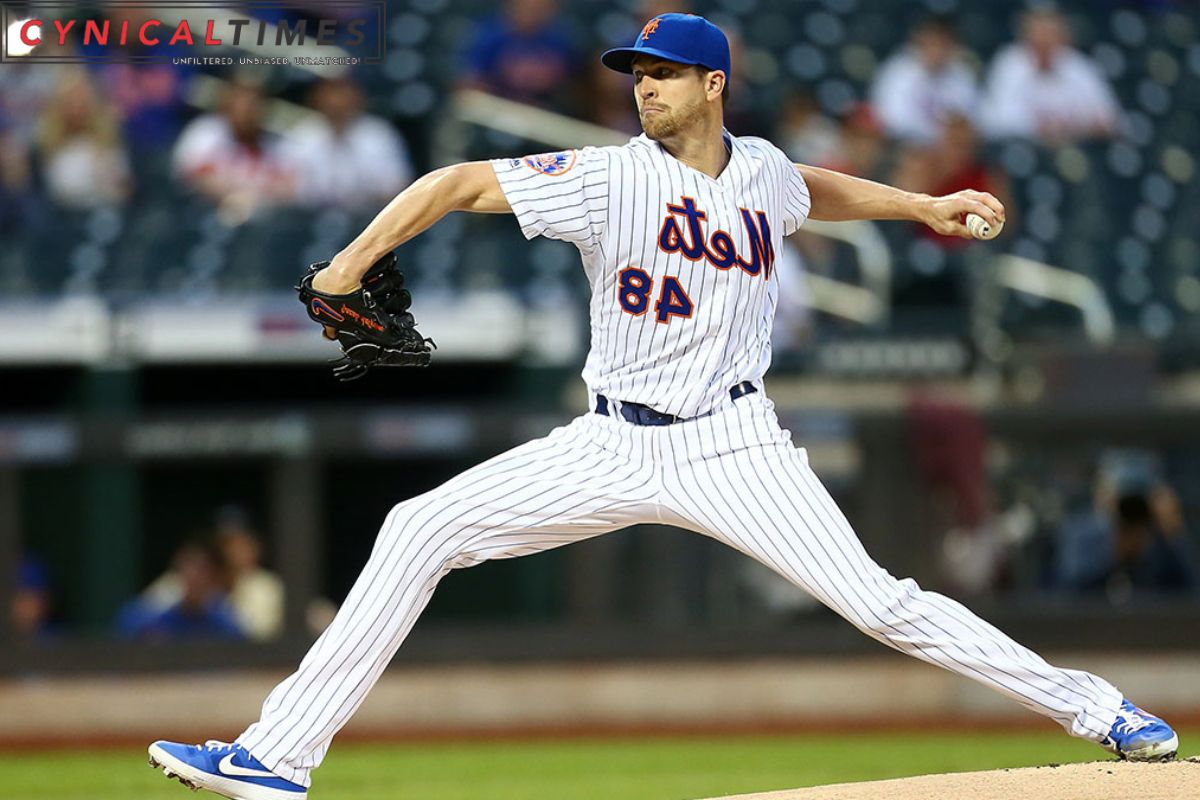UCL Injuries in MLB Pitchers : MLB pitchers with UCL problems are becoming more common. This season, around 50% of the top 64 pitchers with the hardest pitches had or will have Tommy John surgery. Despite being a concerning trend, experts remain uncertain about the exact causes of these accidents. Shohei Ohtani and Shane McClanahan, with 96.8 mph fastballs, tore their UCLs again.UCL injuries have increased alongside the rise in average fastball speed, from 90.5 mph in 2008 to 93.9 mph in 2022. Dr. Glenn Fleisig from the American Sports Medicine Institute in Birmingham discovered a strong correlation between fastball velocity and Tommy John injuries. “It’s frustrating for us,” says Fleisig, as the number of surgeries keeps increasing.
Also Read : Ronald Acuña Jr. Shatters MLB Record with 30 Home Runs : and 60 Stolen Bases in a Season
Pitchers throw faster now due to improved weight and weighted-ball training. The quest for speed often starts in the minor leagues or college. This differs from professional athletes’ instruction levels. Stan Conte, the Miami Marlins‘ senior medical director and an MLB expert, noted that injuries are common and Tommy John surgery recipients are prone to re-injury.
Despite the lack of consensus on the root causes, efforts are underway to address and prevent the issue. Doctors are developing new surgical techniques for reconstructions to handle the stresses of fast throwing better. In biomechanics, a fast-growing field, people aim to share knowledge and agree on injury prevention methods. One group leading this work is the American Baseball Biomechanics Society, founded in 2020.
But baseball has mostly stayed the same despite new ideas for fixing and preventing problems. Conte claims no one teaches good physics. Teen pitchers are often advised to prioritize speed over good mechanics and long-term health to succeed in their careers.
A veteran pitcher, Michael Lorenzen, believes the emphasis on radar gun readings adds excessive pressure and may push pitchers to throw beyond their physical limits. This increases injury risk for pitchers. “You’re tired, and if you do it again or enough times, you’ll fall,” he warns.MLB has a big problem with increasing UCL injuries. In 2022, over 800 players will be on the DL. Teams and players adapt to the fast-paced age, but the industry determines the acceptable injury rate and the value of availability.
Our Reader’s Queries
Why are so many pitchers tearing their UCL?
To prevent microtraumas to the UCL, which connects the upper arm to the forearm, it is recommended that athletes take a break from competitive pitching for four months each year. This will help alleviate the repetitive motion involved in pitching, which can cause damage to the elbow. By giving the UCL time to rest and recover, athletes can reduce their risk of injury and maintain their performance over the long term.
Can you pitch with a UCL tear?
Although UCL injuries may not hinder everyday tasks such as household chores or attending school, they can impede the ability to throw or grip a ball without proper treatment. This can make these activities challenging or even impossible.
What sport has the most UCL injuries?
The elbow injury that is frequently seen in baseball pitchers can also affect javelin throwers and racquet sports players. It can also happen when someone falls on their outstretched hand, which can lead to dislocation of the elbow. The most common symptom is pain felt along the inside of the elbow.
Why does my UCL hurt after pitching?
UCL tears can stem from a forceful impact to the elbow, but they’re typically caused by repetitive movements. If you’re experiencing any of the following symptoms, it’s possible that you have a UCL injury: a weakened grip and clumsiness, as well as stiffness and pain in the elbow.


